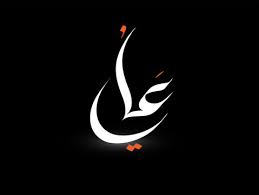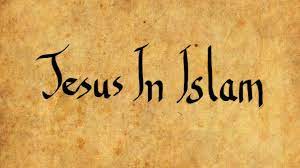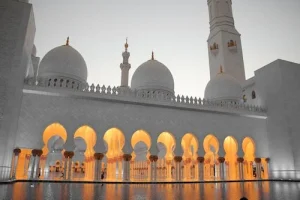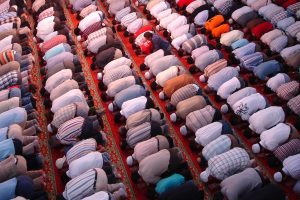
The Global Journey of Islam
Early Beginnings (7th Century):
Islam is the fastest growing religion on earth. Islam experiences higher conversion rates than other religions, particularly in Africa and Southeast Asia. These conversions are attributed to various factors, including active missionary work, demographic shifts, and the perceived social relevance of Islamic values.
Islam emerged in the Arabian Peninsula under the leadership of Prophet Muhammad in the 7th century CE. Its message of monotheism, social justice, and community resonated with a society yearning for change. Initial spread occurred through personal conviction and missionary work, attracting individuals and tribes across Arabia.
Trade and Commerce:
Arabia’s position at the crossroads of trade routes played a crucial role. Muslim merchants, known for their honesty and fair dealing, acted as ambassadors of faith. Trade routes carried not only goods but also ideas, introducing Islam to diverse communities in Africa, India, and Southeast Asia.
Military Conquests (8th-12th Centuries):
The early Caliphate witnessed rapid expansion driven by military campaigns. These conquests, often motivated by a desire to spread Islam and defend Muslim communities, brought vast territories under Muslim rule. However, conversion wasn’t always forced; many embraced Islam due to its emphasis on justice, equality, and religious tolerance compared to prevailing systems.
Internal Dynamics and Diversification:
Despite rapid expansion, the Muslim world faced internal challenges. Political divisions and theological debates led to the emergence of Sunni and Shia branches of Islam, each with distinct interpretations and practices. This diversification, while fostering intellectual discourse, also contributed to regional variations in Islamic faith and culture.
Cultural Exchange and Integration:
Muslim rulers, especially during the Abbasid Caliphate, championed knowledge and learning. Translation movements flourished, bringing Greek, Persian, and Indian knowledge into the Islamic world. This cross-pollination enriched Islamic sciences, arts, and philosophy, and also influenced neighboring cultures like those of Byzantine and Hindu civilizations.
Sufism and Mysticism:
Alongside intellectual developments, the mystical dimension of Islam flourished through Sufism. Sufi saints and scholars played a significant role in spreading Islam through peaceful means, emphasizing personal piety, love, and inner transformation. They established networks of lodges and zawiyas, becoming instrumental in converting populations in Africa, Central Asia, and parts of the Middle East.
Regional Variations and Adaptations:
Islam adapted to diverse cultural contexts, integrating local traditions and practices. In Africa, Islam blended with animist beliefs, while in Southeast Asia, it coexisted with Hinduism and Buddhism. This cultural flexibility fostered widespread acceptance and contributed to the religion’s unique expressions in different regions.
Decline and Renewal (13th-18th Centuries):
From the 13th century onwards, the Muslim world faced challenges like Mongol invasions and internal political fragmentation. However, this period also witnessed intellectual and artistic renewal. Empires like the Ottomans and Mughals continued expansion, contributing to the spread of Islam in Eastern Europe and South Asia.
Colonial Encounters and Reform Movements (19th-20th Centuries):
The encounter with European colonialism posed new challenges. Muslim thinkers and movements emerged, seeking to reform and revitalize Islam while responding to Western critiques. These movements explored modernization, pan-Islamism, and social justice, shaping the contemporary Muslim world.
Islam in the 21st Century:
Today, Islam remains the world’s second-largest religion, with over 1.9 billion followers spread across diverse cultures and continents. Muslims face contemporary challenges like globalization, religious extremism, and Islamophobia. However, the faith continues to adapt and evolve, with ongoing debates about its role in modern societies.
Impact and Legacies:
The spread of Islam left an undeniable mark on human history. It fostered empires, shaped cultures, and contributed significantly to advancements in science, philosophy, and arts. Its emphasis on social justice, education, and community continues to inspire individuals and societies.
There shall be no compulsion in [acceptance of] the religion. The right course has become clear from the wrong. So whoever disbelieves in Taghut(idols) and believes in Allah has grasped the most trustworthy handhold with no break in it. And Allah is Hearing and Knowing. Quran[2:256]
















